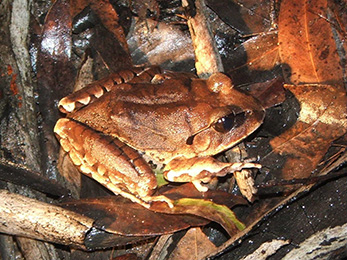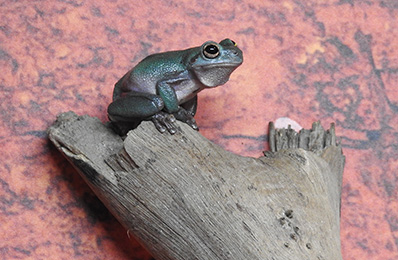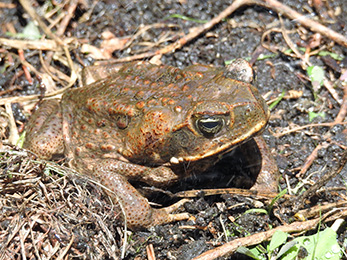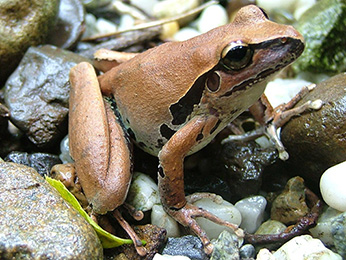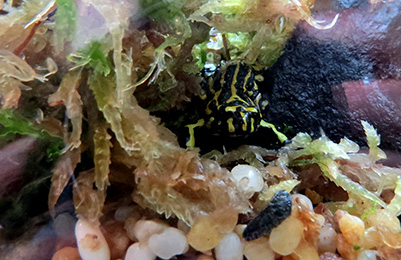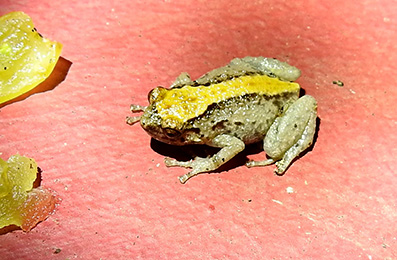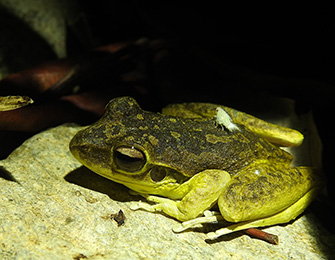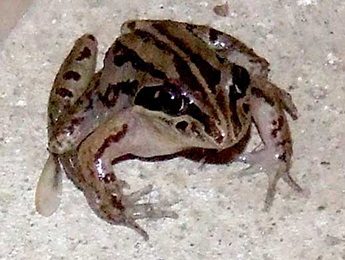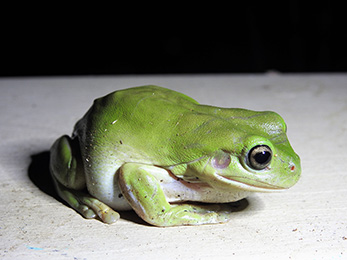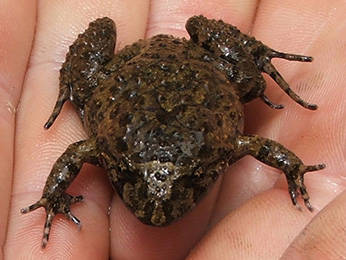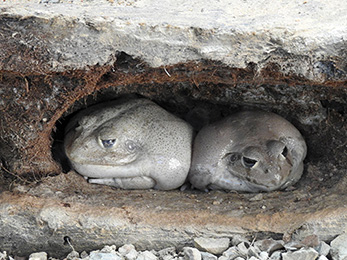AUSTRALIAN FROGS
Australian Frogs: Guardians of Wetlands and Beyond
Australia is often celebrated for its marsupials and reptiles, but among its most enchanting creatures are its frogs. With over 240 different species spread across the continent, Australia is a true haven for amphibians, from the moist rainforests of Queensland to the sandy deserts of Western Australia.
The Role of Frogs in the Ecosystem
Frogs may seem small and delicate, yet their ecological importance is profound:
- Insect Control: By feeding on mosquitoes, flies and beetles, frogs help maintain balance in insect populations.
- Prey for Others: Birds, snakes, and mammals rely on frogs as a food source, weaving them into the centre of the food web.
- Indicators of Ecosystem Health: Because of their sensitive skin, frogs are among the first creatures to suffer from pollution or climate disruption, making them key environmental barometers.
A World of Adaptations
Australian frogs have adapted to an extraordinary range of habitats:
- Arboreal Masters: Tree-dwelling species such as the Green Tree Frog (Litoria caerulea) use suction‑like toe pads to climb smooth surfaces.
- Wetland Specialists: Frogs with strong webbed feet, such as the Eastern Banjo Frog (Limnodynastes dumerilii), are powerful swimmers.
- Desert Survivors: Remarkably, frogs like the Water-holding Frog (Cyclorana platycephala) survive harsh droughts by burrowing underground and encasing themselves in a protective cocoon until the rains return.
From Egg to Adult
The frog life cycle is a story of transformation:
- Eggs are often laid in water, protected in clusters or foam nests.
- Tadpoles emerge, living in water and breathing through gills.
- Through metamorphosis, legs develop, tails shrink, and lungs adapt for breathing air.
- Adult frogs move between land and water, depending on their lifestyle and habitat.
Voices of the Night
Each Australian frog has a distinct call, ranging from soft whistles to deep croaks. These calls are not only a soundtrack of wetlands and forests, but also serve vital roles in territory marking and mate attraction. For example:
- The Brown Tree Frog (Litoria ewingii) produces a sharp, repeated creaking sound.
- The Southern Corroboree Frog (Pseudophryne corroboree), a critically endangered alpine species, has a buzzing “chirp” unlike most other frogs.
These vocalisations also provide scientists with clues about frog distribution and behaviour.
Conservation Challenges
Many frog species in Australia are facing urgent threats:
- Habitat destruction from urban expansion, agriculture, and infrastructure.
- Pollution, particularly pesticide and fertiliser runoff contaminating waterways.
- Climate change, with shifting rainfall patterns affecting breeding cycles.
- Chytrid fungus, a deadly disease responsible for devastating global frog populations.
The Corroboree Frogs are among the most striking examples of species on the brink, with conservation programs working tirelessly to save them.
Citizen Science: The FrogID Project
To better protect frogs, the FrogID app invites everyday Australians to become active participants in conservation. By recording frog calls on their smartphones, citizens provide scientists with valuable data about species distribution, breeding activity, and habitat health.
This initiative, led by the Australian Museum, not only strengthens research but also fosters a collective awareness of frog conservation.
Closing Thought: Why Frogs Matter
Imagine standing by a billabong on a summer night. The air is thick with the earthy scent of damp soil, and the chorus of frogs echoes like an ancient song. Frogs have sung this music for millions of years, long before people walked the land. Their survival is not just about preserving a species—it is about protecting ecosystems, water quality, and the delicate balance of life that sustains us all.

